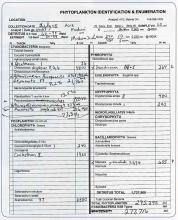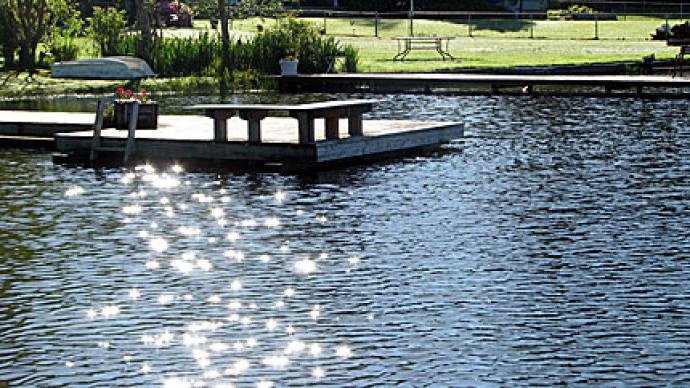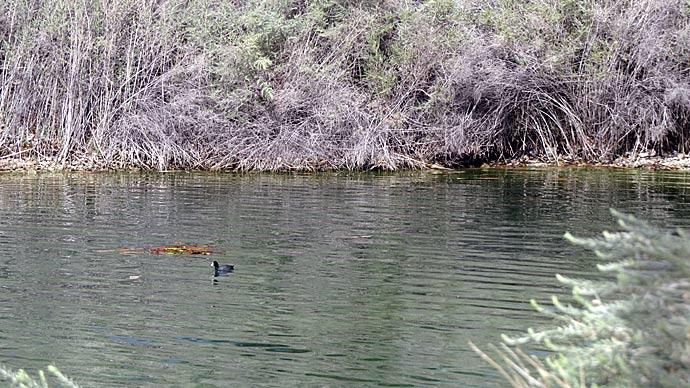Do you have a protocol to watch your pond's water chemistry?
Water chemistry may be the least-exciting thing you do as pond manager. It's boring, hard to understand, and just what in the heck will you do about it, anyway? Man, I'll tell you, I'm in the pond management business and I've struggled over the years learning about water chemistry. It's complicated comparing test results, especially in summer months because there's so much biological activity going on that can influence the results.
Case in point. There's a nice lake in western central Indiana. The local pond manager gathered samples, sent them off to a lab and the results came back. Nothing really abnormal. The phosphorus seemed a little off compared to the other elements, but the pH was good at 7.7 and alkalinity was fairly high, which we normally think is great. 174 parts per million is good by all standards. As I recall, the phosphorus was 0.02 ppm, low, but measurable.
Here's the tricky part. If you're not a chemist, how in the world do you interpret these results and just what in the heck do they mean so you can make the best decisions?
That's the million dollar question.
As it turns out, when I actually looked at that Indiana lake, I could see why the phosphorus measurement was a little bit low. On the leeward shores of the lake, we saw what looked like bright green paint with some aquamarine colored stuff thrown in for good measure. That sent up a red flag, so we had the biology analyzed by Dr. Perca himself, microbiologist Bill Cody. His results were moderately concerning. There were planktonic algae and some blue-greens, too. That's where the phosphorus was—tied up in plant life. Because of those test results, our management strategy has been influenced. Now, we're thinking about how to manage the water with as much importance as how we manage the fishery. If it hadn't been for seeing the paint on the water and a follow-up test, we could have easily missed a potential problem with blue-green algae.
At least quarterly, send a sample of water to a reputable lab and have a general water analysis done. Compare results quarter to quarter. After a couple of years, if you see differences between sample results in any of the categories, ask for help interpreting those results. Most land grant universities with Agriculture departments have a lab that can test your water.
As a consulting biologist, when something goes wrong, the first finger I point is toward the water. If you've got several years of documented history of water quality test results, we can quickly rule out a variety of problems.
If you're into it a little bit, make a spreadsheet, post your results, and look at your trend curves to see where you are at any given point. Soon, you'll be able to see seasonal differences, times when weather events, especially big rains, influenced your pond.
Just because this stuff is complicated to you doesn't mean you shouldn't do it. If the time comes when your pond isn't behaving as you think it should and you make that call for help, good records on water chemistry may prove to be the best move you've made.
Reprinted with permission from Pond Boss Magazine




